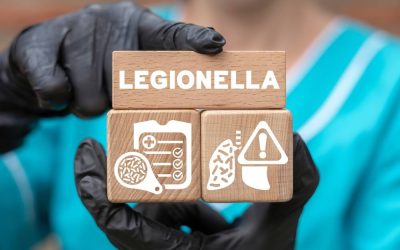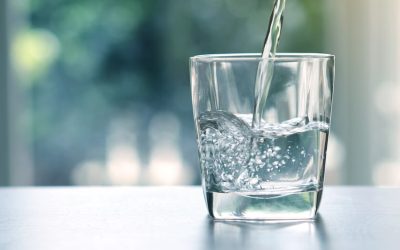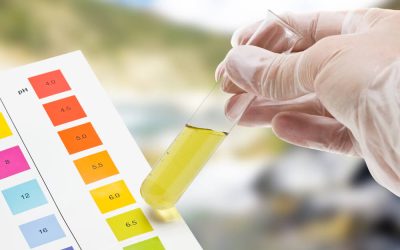No Results Found
The page you requested could not be found. Try refining your search, or use the navigation above to locate the post.
How temperature influences legionella growth
As the optimum temperatures that allow the legionella bacteria to thrive are between 25oC and 45oC, the World Health Organisation’s advice is to maintain cold water below 20°C and hot water above 50°C.
In cold water
Lower water temperatures don’t kill the Legionella bacteria, they just render them inactive without the conditions that enable them to multiply; in smaller numbers, they are a lot less harmful.
It is, therefore, necessary to ensure that cold water systems are kept at under 20oC wherever possible, as well as making sure they are clean of deposits that can support bacterial growth (limescale, sludge, rust etc), and that water is circulated frequently in order to disperse any bacteria.
In hot water
It is possible to kill the bacteria at higher temperatures, and as you’d expect, the higher the temperature the more effective it is. At 50oC, it takes around two hours to kill 90% of the bacteria. This reduces exponentially to just two minutes in water temperatures of 60oC. If it’s higher than 70oC, you’re likely to kill the bacteria instantly.
In situations where people are more vulnerable when exposed to the Legionella bacteria, e.g. hospitals and care homes, the hotter the water, the more protected they will be. However, this brings with it the danger of scalding from water that is too hot. The obvious compromise between having water hot enough to control the bacteria and water that’s not too hot for skin is to fit thermostatic mixing valves.
Thermal disinfection
Controlling the legionella bacteria with water temperature – thermal disinfection – is an effective way of significantly reducing the risks.
A constant flow of water will also help minimise the risks – it only takes a few days for the bacteria to multiply into dangerous concentrations in warm, stagnant water. It is, therefore, necessary for gardeners, in particular, to take care in the warmer months as stagnant water in water butts and hosepipes are a breeding ground for legionella.
Legionella and Water Hygiene Blog Posts
What Is a Legionella Course, and What Does It Entail?
Training courses are an important part of any job, and not just as a way of enhancing your professional skills. Under health and safety law, learning how to keep your staff and visitors safe is a vital part of your business responsibilities, and legionella courses are...
Essential Legionella Course: Prevention and Control Strategies
Under UK health and safety law, the management and control of legionella is an essential part of the duties of building owners, duty holders, facilities managers, employers or responsible persons. It is a duty holder’s responsibility to ensure there are adequate...
Certified Water Chlorination Courses: Your Path to Water Safety
Chlorination is an important part of cleaning and disinfection in cold water systems. But chlorine needs extremely careful handling, so any legionella disinfection course must include a basic understanding of chlorination chemistry, chlorination methods and chlorine...



